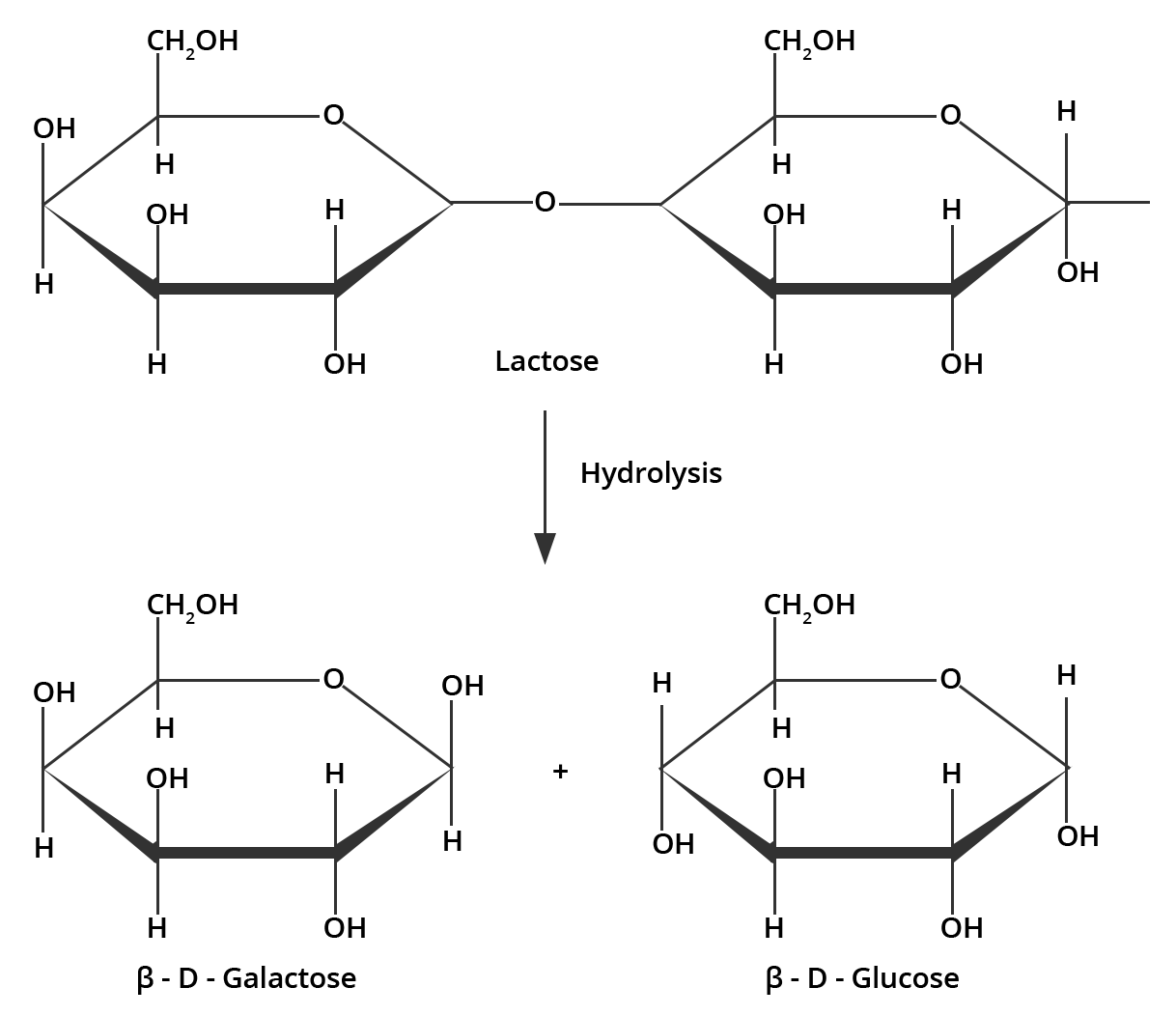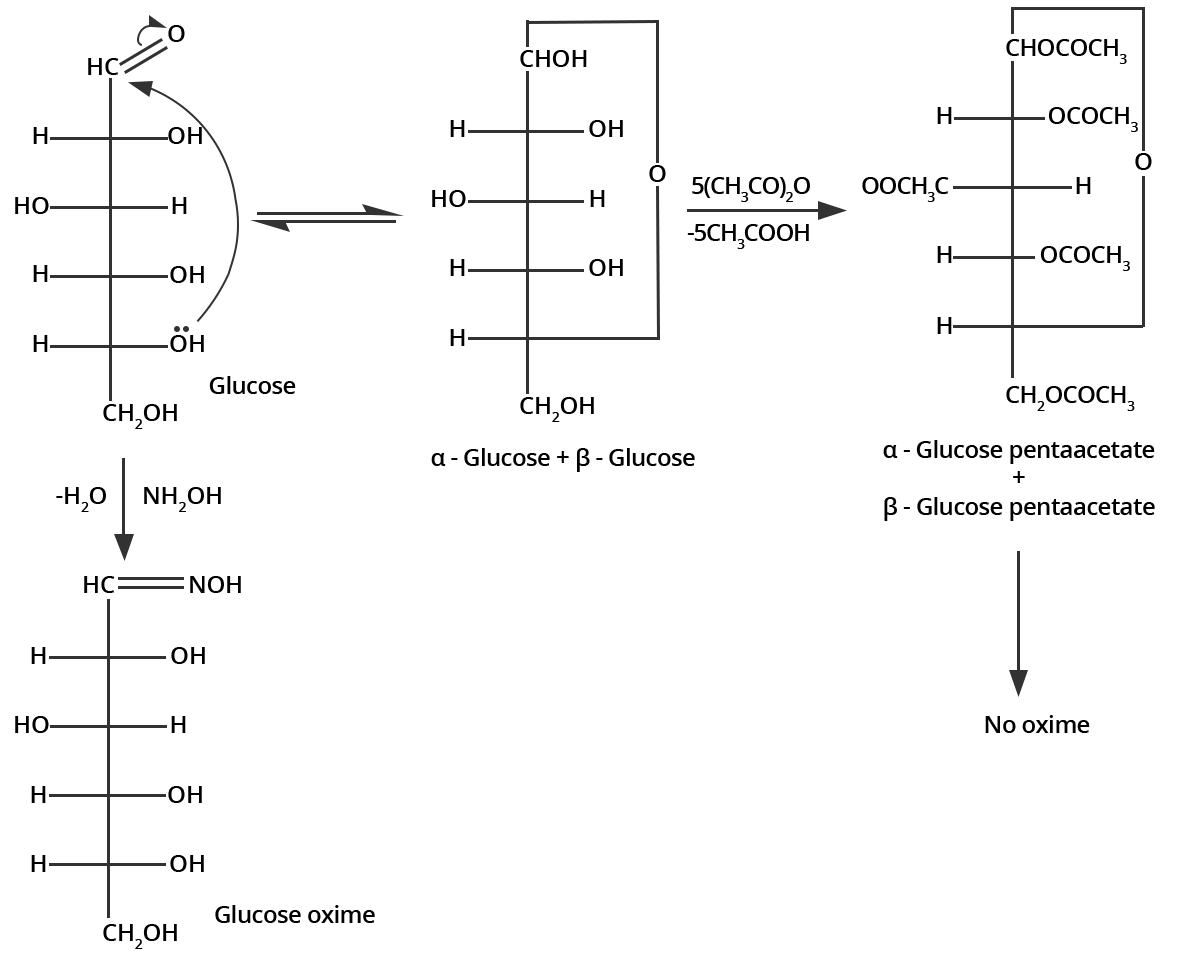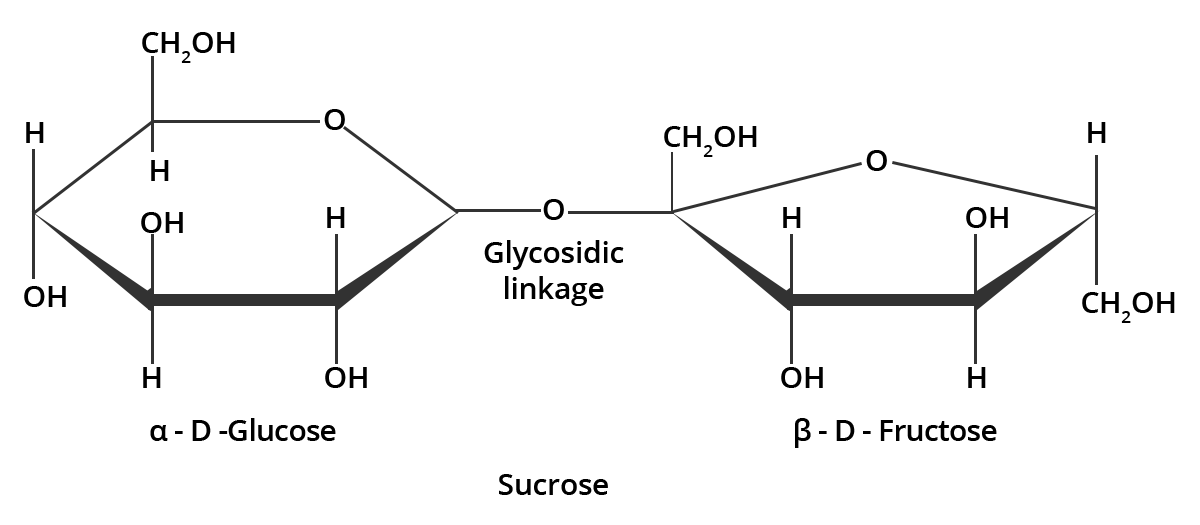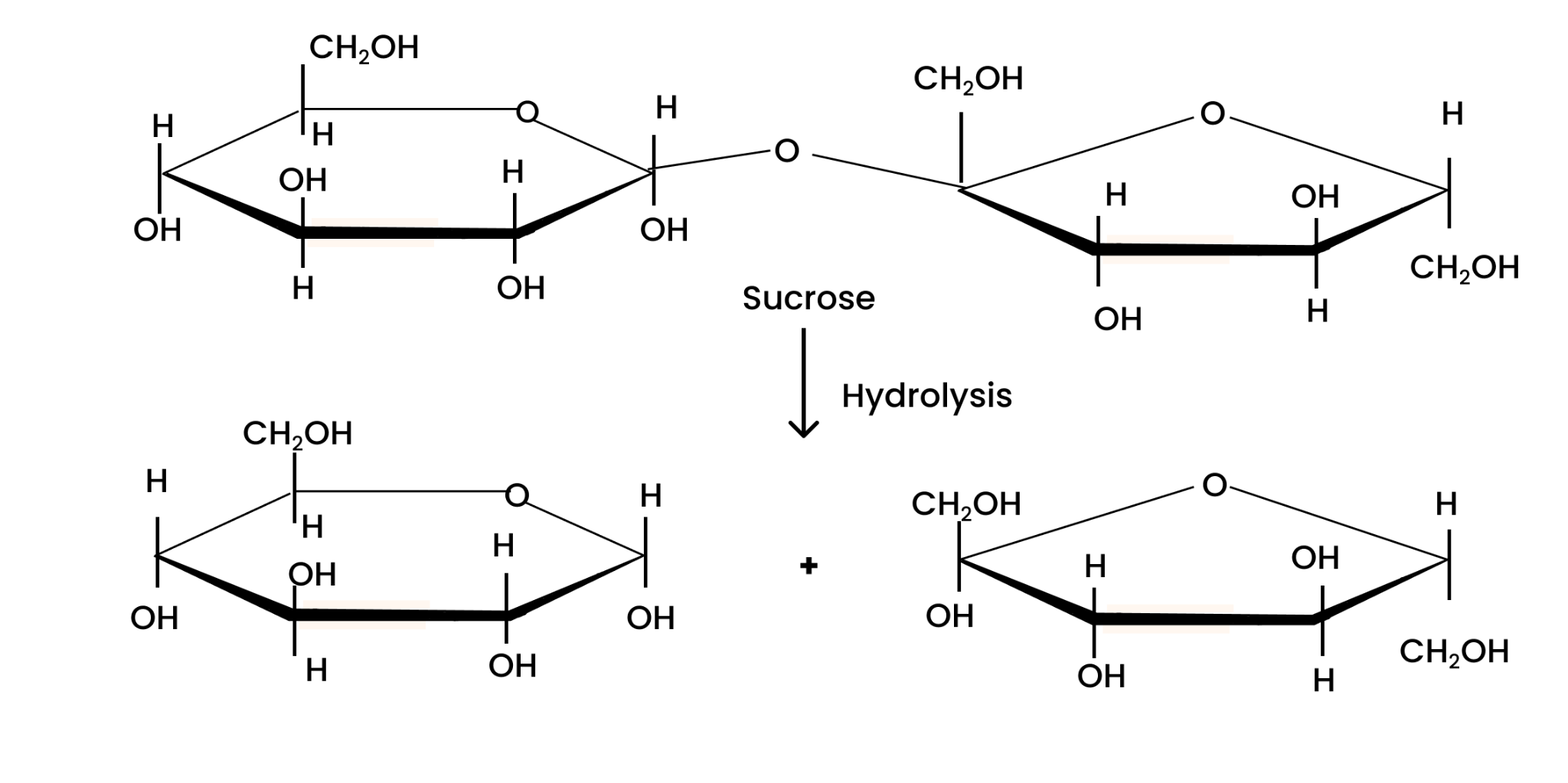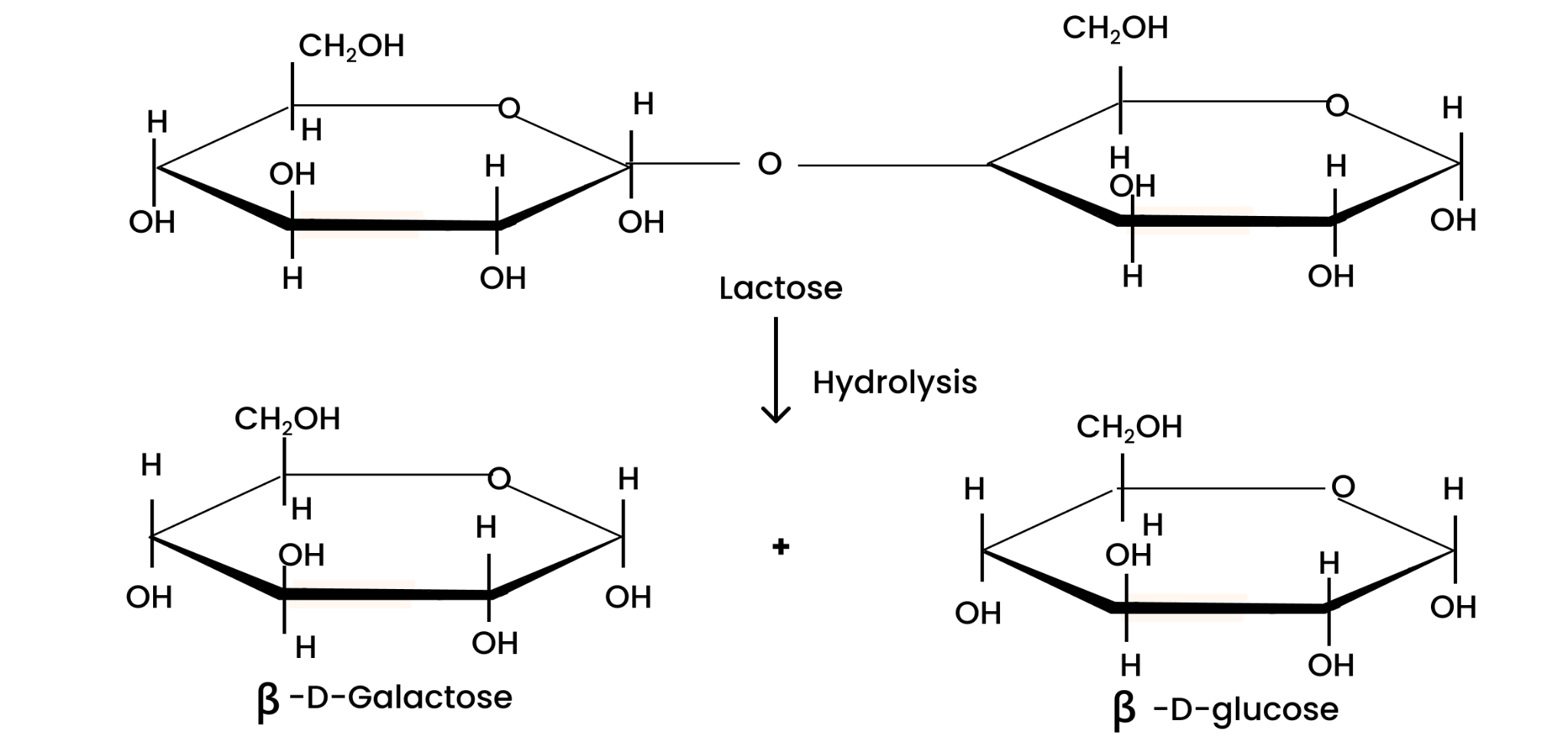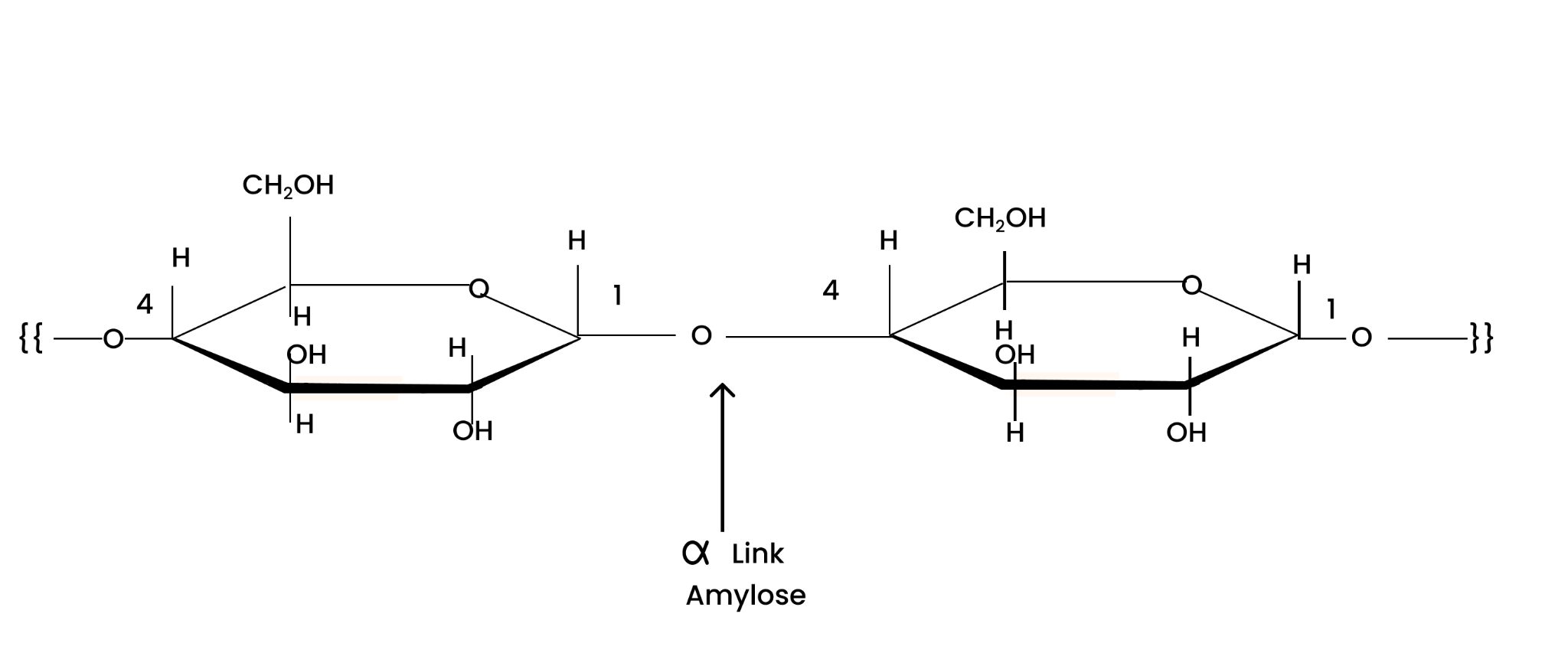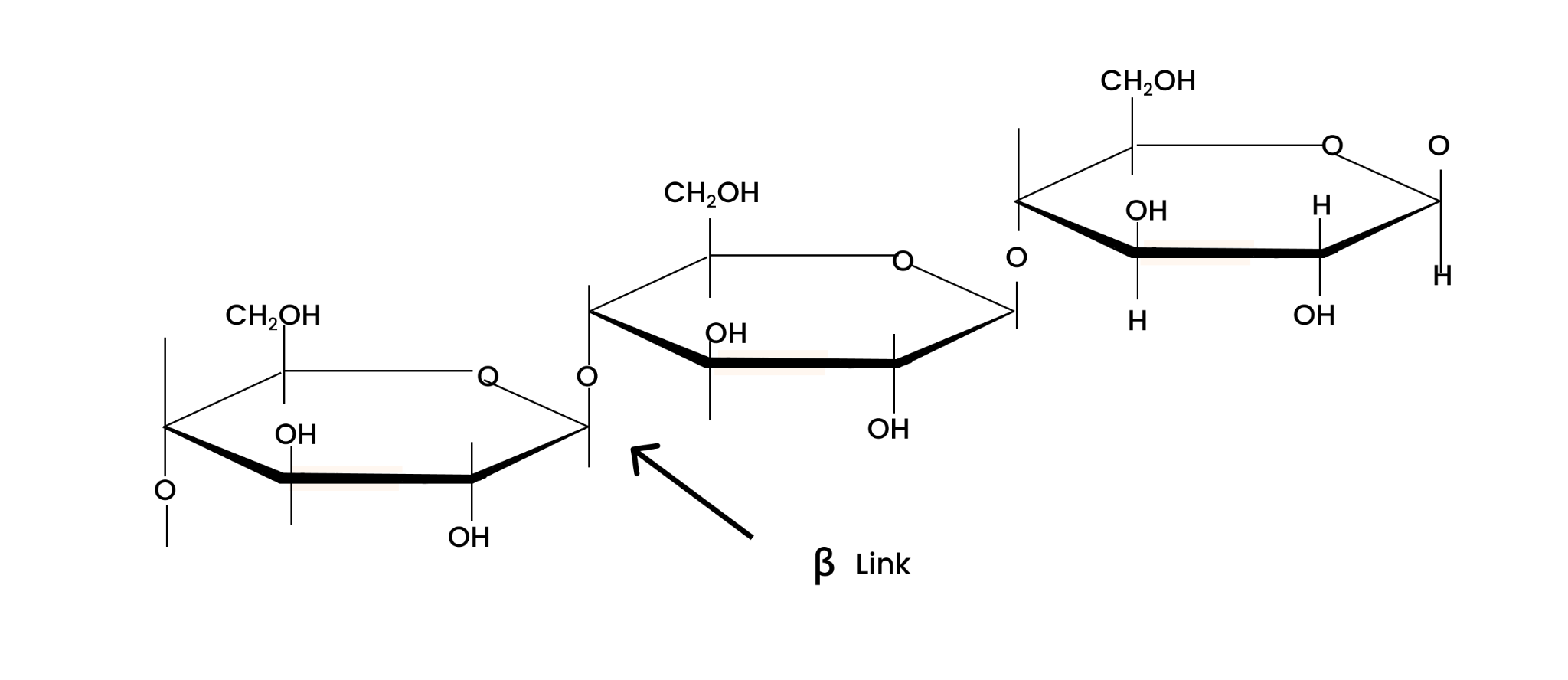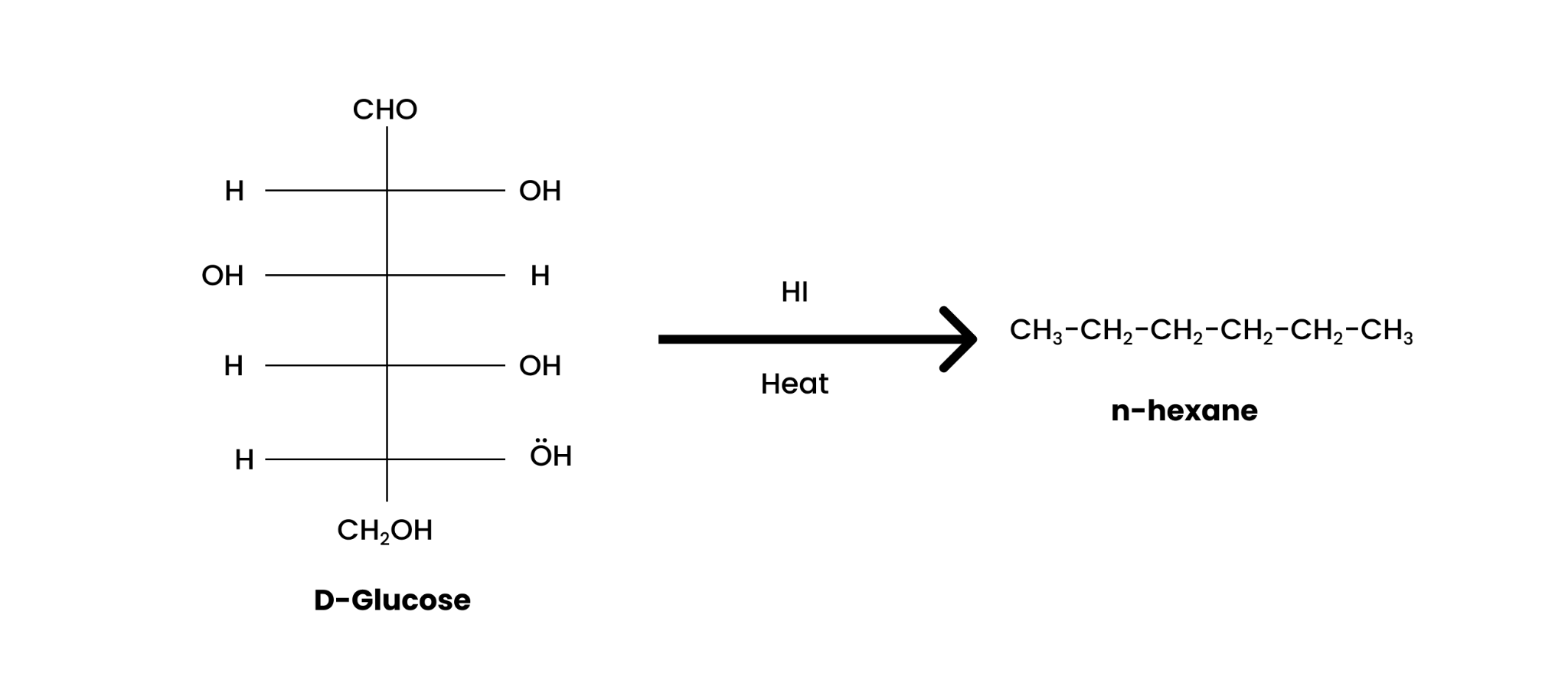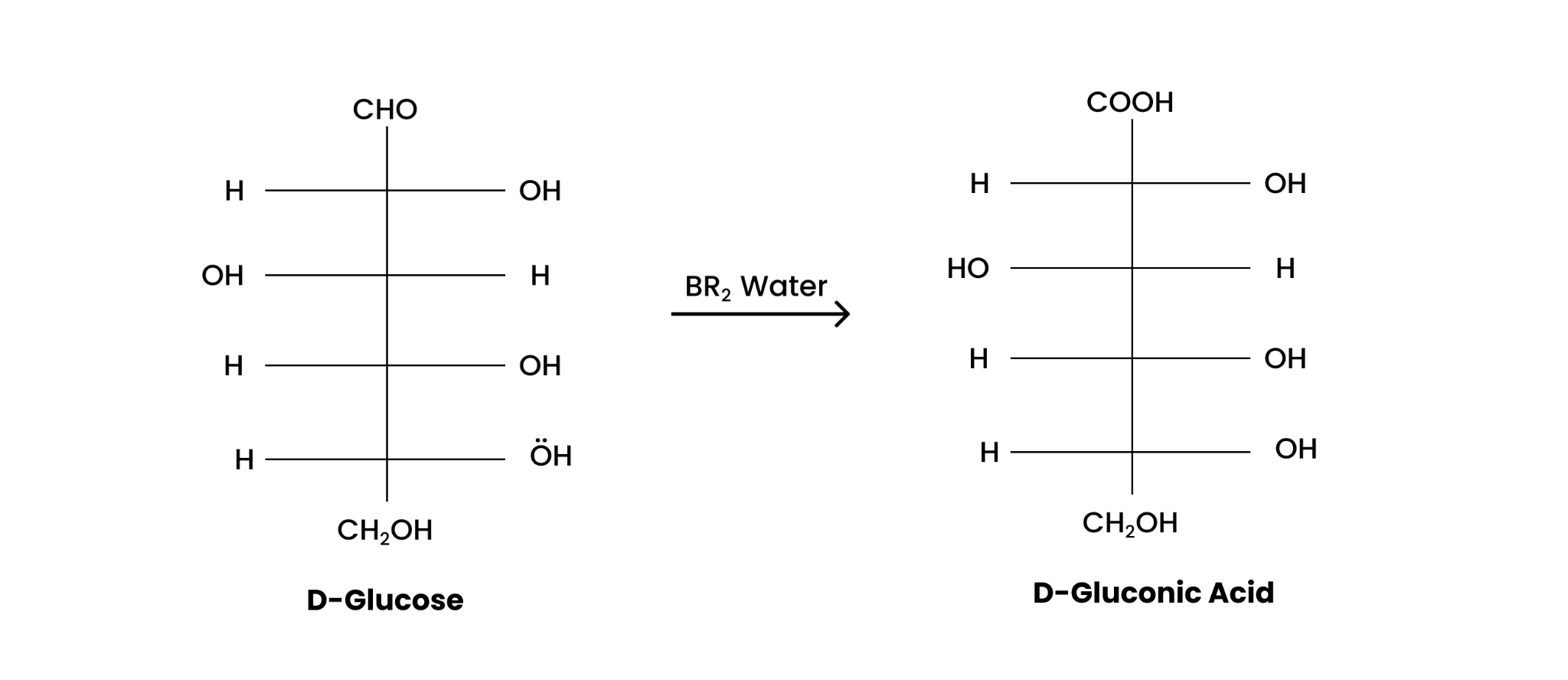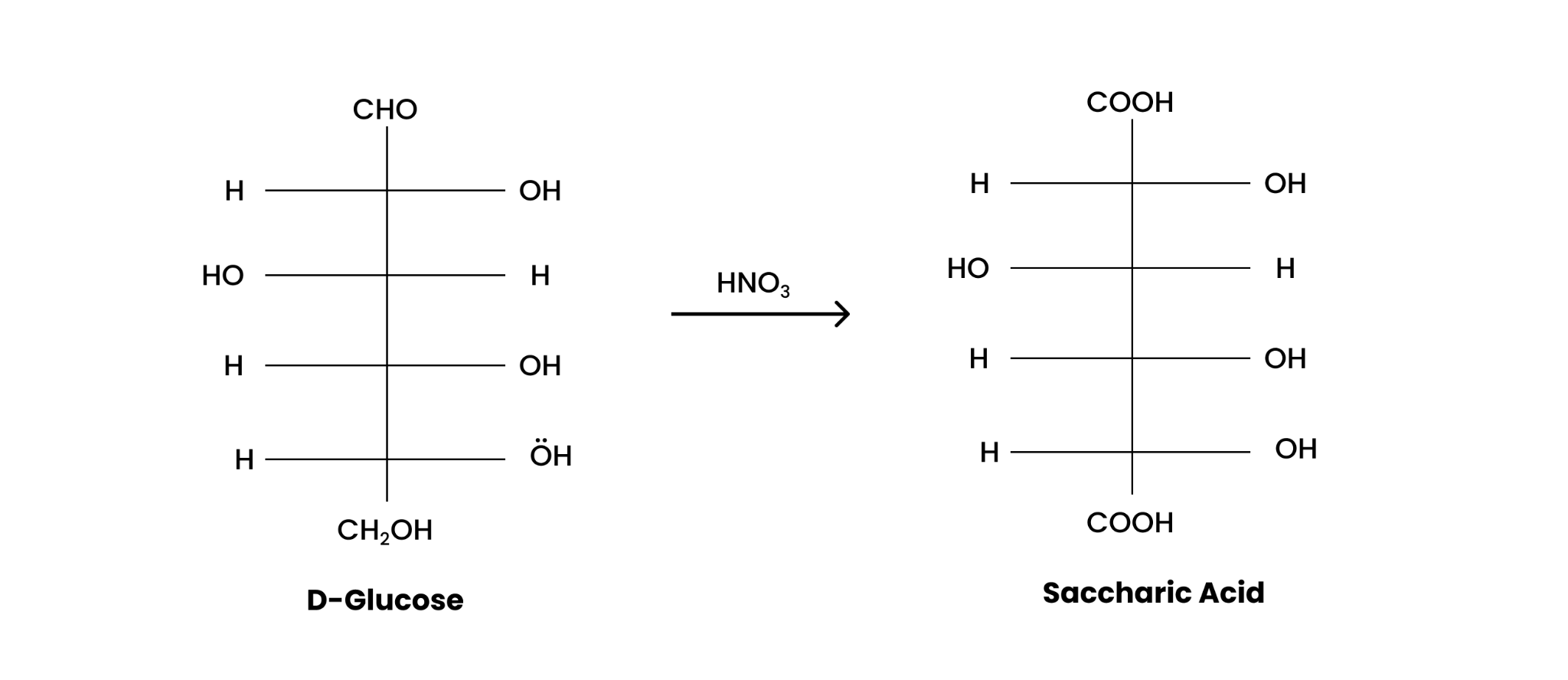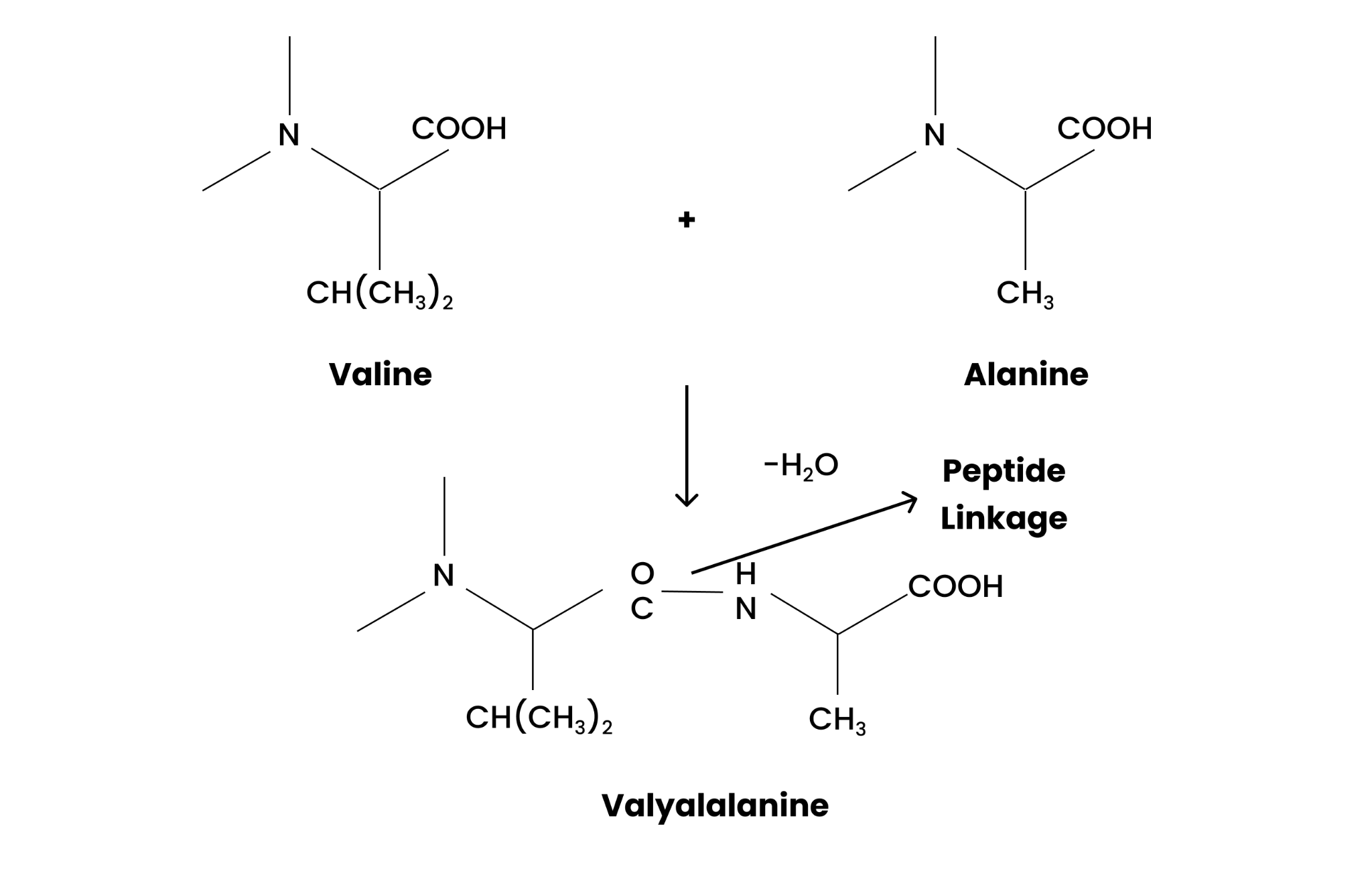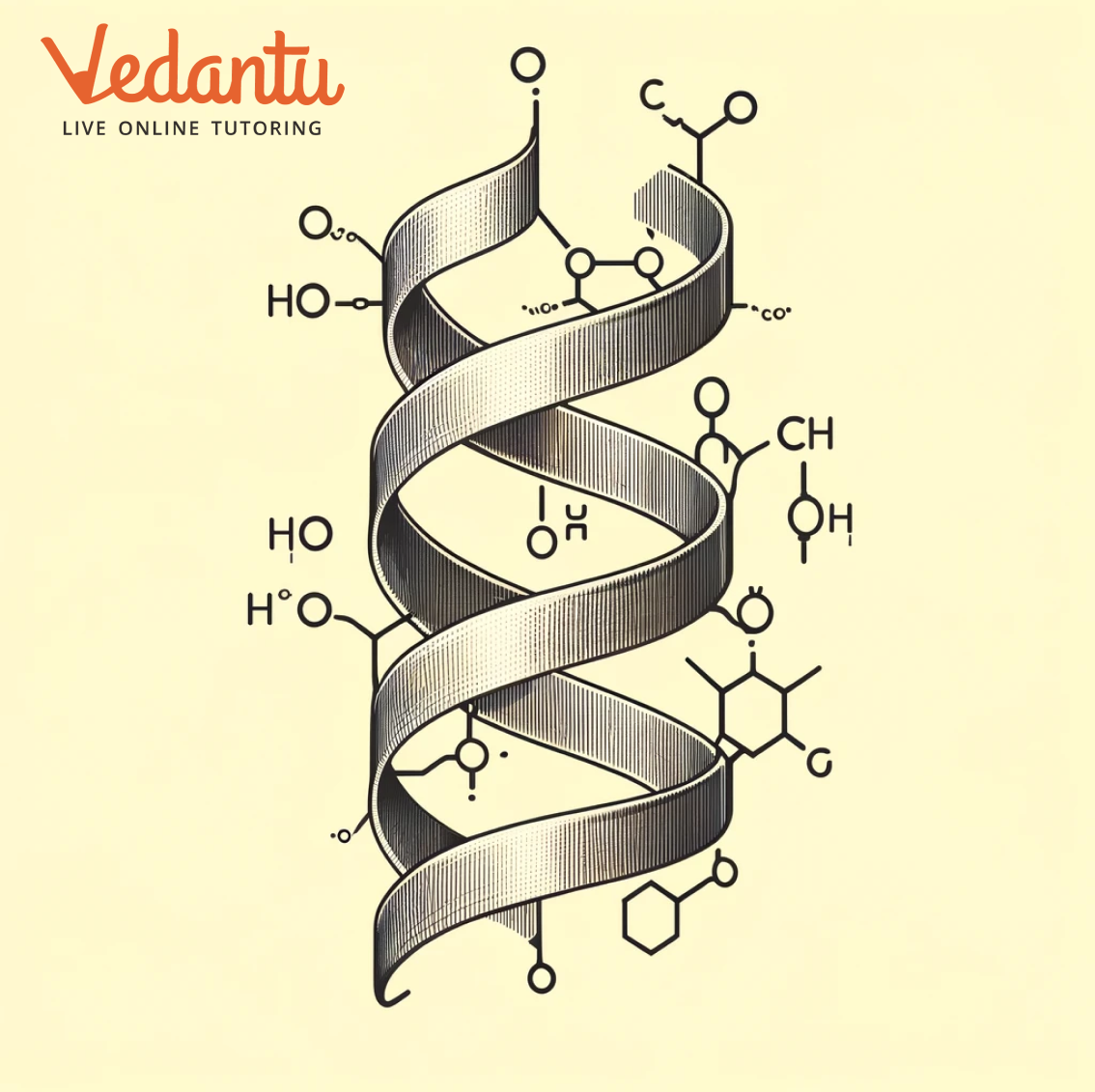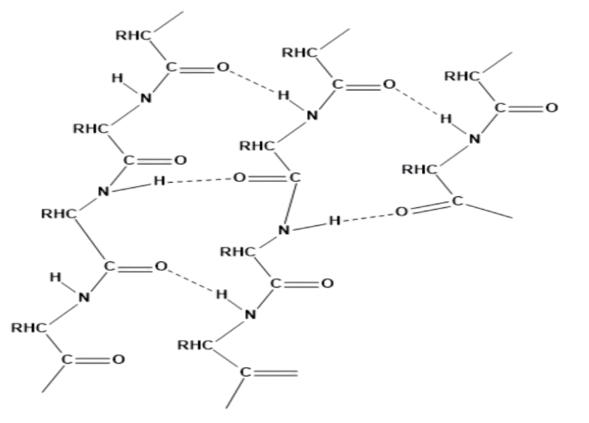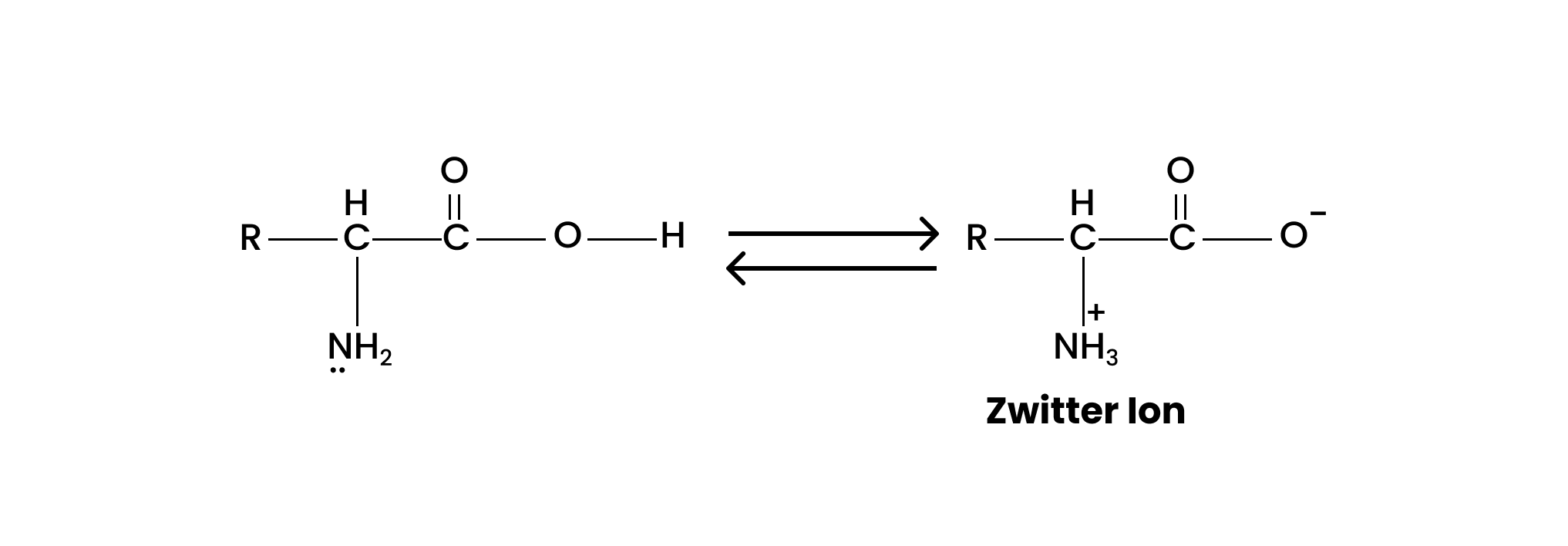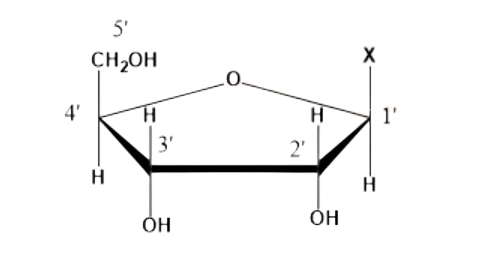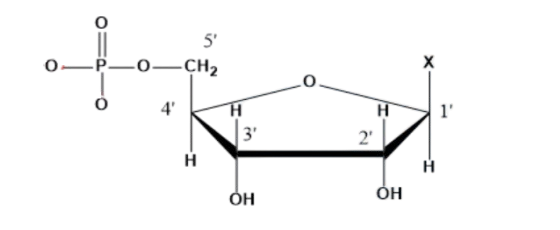Biomolecules Class 12 NCERT Solutions FREE PDF Download
FAQs on NCERT Solutions for Class 12 Chemistry Chapter 10 Biomolecules
1. What are biomolecules? What are the 4 main types of biomolecules?
The organic molecules that are essential for the various metabolic processes such as digestion, cell repair, growth, etc are called biomolecules. The biomolecules, in a way, support all the life processes required for our survival.
The 4 main types of biomolecules are proteins, lipids, carbohydrates, and nucleic acids. Apart from these, there are various other biomolecules that are involved in carrying out the metabolic activities.
2. What are monosaccharides?
Those carbohydrate molecules that cannot be broken down (hydrolyzed) further into ketones or units of polyhydroxy aldehyde are called monosaccharides. These monosaccharides can be further classified based on their functional group and the number of carbon atoms present in them.
Classification Based on Functional Groups:
The monosaccharides that contain a keto- group are classified as ketoses, whereas, those containing aldehyde groups are called aldoses.
Classification Based on the Number of Carbon Atoms:
Based on the number of carbon atoms present in monosaccharides, they can be classified as trioses, pentoses, tetroses, and heptoses.
The monosaccharides are named according to the above two classifications. For example, an aldose containing 4 carbon atoms is called aldotetrose while a ketose containing 4 carbon atoms is called ketotetrose.
3. What is the difference between glycogen and starch?
Carbohydrates are stored in animals in the form of glycogen. Glycogen is a polysaccharide. Whereas, starch is made up of two components, amylopectin, and amylose. Though both glycogen and starch are forms of carbohydrates, yet, unlike starch, glycogen is made up of only one component. The structure of glycogen is far more branched as compared to amylopectin.
4. Are the Biomolecules class 12 NCERT solutions on Vedantu reliable study resources?
Yes, the Biomolecules class 12 chemistry NCERT solutions on Vedantu make very reliable study resources. These NCERT Solutions are prepared by our subject-matter experts, in accordance with the CBSE guidelines for Class 12. You can find the relevant chemical formulae and structures for every question, in these NCERT Solutions. By going through these Biomolecules class 12 chemistry NCERT solutions , you will be able to revise all the key points covered in this chapter. The in-text questions are also solved in this PDF, thereby making it a comprehensive study resource for your board examination. So, download this PDF for free and refer to the best study guide for Biomolecules for your 12th board Chemistry examination.
5. What are some of the materials that are obtained from cellulose?
Several materials are obtained from cellulose, some of which are -
Mercerised Cotton: When the cellulose is treated with a cone, the sodium hydroxide solution develops a silky lustre that is called the mercerised cotton.
Gun Cotton: This is nitrated cellulose that is highly explosive in nature. Its main use is the manufacturing of smokeless gun powder also known as blasting gelatine.
Cellulose Acetate: This is used in the manufacturing of acetone rayon and making motion pictures film.
6. What are some of the properties of glucose?
Some properties of glucose are :
When glucose undergoes acetylation with acetic anhydride, it produces pentaacetate which confirms the presence of hydroxyl groups in glucose.
In reaction with hydroxylamine, glucose gives monoxime and goes on to add with the molecule of hydrogen cyanide, producing cyanohydrin. This confirms that glucose has in them the carbonyl group.
When reacted with mild oxidising agents such as bromine water, glucose gets oxidised to form gluconic acid. On the other hand, saccharic acid is produced, on oxidation with nitric acid.
7. What are essential and non-essential amino acids?
The ten amino acids that the human body synthesizes are called the non-essential amino acids. The other ten amino acids that are required for protein synthesis but are not synthesized by the human body are called essential amino acids.
These essential amino acids are:
Phenylalanine
Histidine
Tryptophane
Valine
Methionine
Threonine
Arginine
Leucine
Isoleucine
Lysine
8. What are the structures of protein?
Primary Structure - It has the function of simply presenting the sequence of the amino acids.
Secondary Structure - The secondary structure presents the α-helix structure presented by the hydrogen bonds or β-pleated sheet structure showcased by the hydrogen bond when the R is a small group.
Tertiary Structure - This presents the folding and the superimposing of the polypeptide chains that form a globular shape. This structure is termed the tertiary structure and is stabilized by the covalent, ionic, hydrogen and disulphide bonds.
9. How to prepare with NCERT solutions Biomolecules class 12?
The reading of the chapter is essential to understand what this chapter has to offer. Students must mark all the important areas while reading the chapter so that it gets easier for them to access these during the examination. The student should practice the various names, formulas, and functions regularly to be able to solve any question that might be asked in the question paper from this chapter. Apart from this, it is also mandatory for the student to refer to the NCERT Solutions and practice all the exercises that are present in them.
10. Is Class 12 Chemistry Chapter 10, Biomolecules, difficult?
Biomolecules NCERT solutions chapter difficulty varies with NCERT solutions for Class 12, understanding improves, making it manageable for students.
11. What are the main points of Chapter 10 Biomolecules NCERT?
Class 12 biomolecules NCERT solutions' Main points of biomolecules include carbohydrates, proteins, lipids, and nucleic acids. NCERT solutions clarify these, aiding comprehension for students.
12. How much time will it take to complete Biomolecules class 12?
Biomolecules class 12 chemistry NCERT solutions Completion time for biomolecules chapter varies per student; with structured NCERT solutions, efficient learning typically spans a few study sessions. Download Class 12 Biomolecules NCERT solutions For better preparations to ace your exams.
13. Which biomolecule is the most important?
Class 12 Chemistry Biomolecules NCERT solutions involve Carbohydrates, proteins, lipids, and nucleic acids that are vital. Understanding their roles and structures in NCERT solutions for Class 12 elucidates their importance.
14. What are the four essential biomolecules?
Biomolecules complexity varies, yet with Class 12 Chemistry Biomolecules NCERT solutions, understanding the four essential biomolecules becomes clearer for students. These solutions offer clarity and insight, making the understanding of the four essential biomolecules - carbohydrates, proteins, lipids, and nucleic acids - clearer and more accessible to students.
























